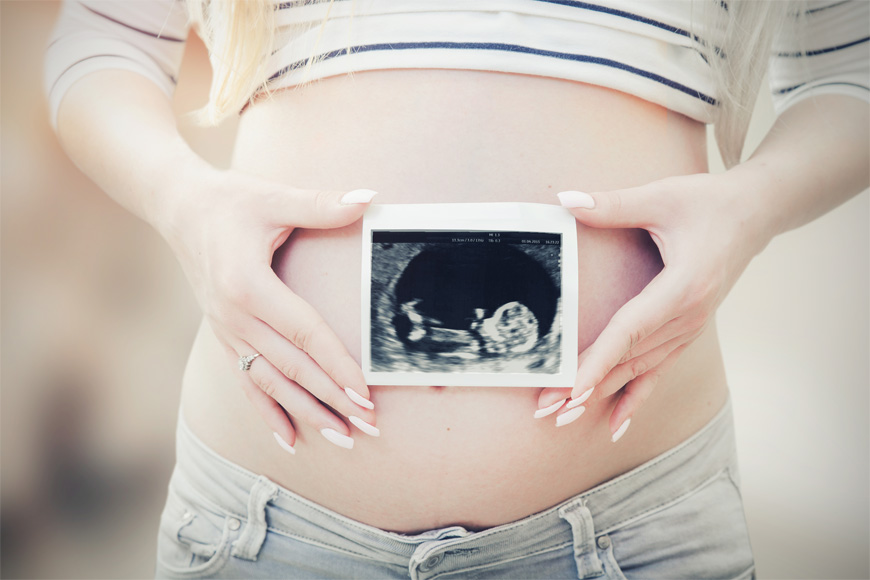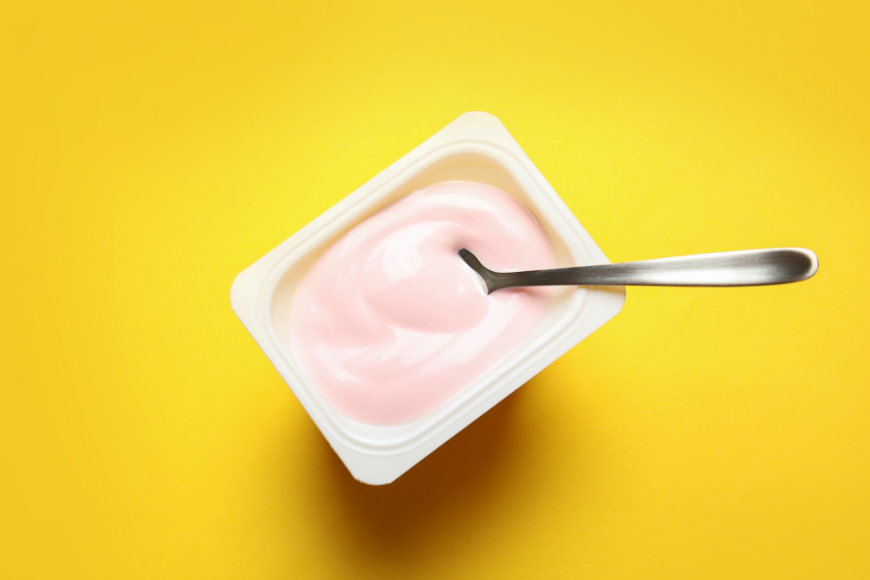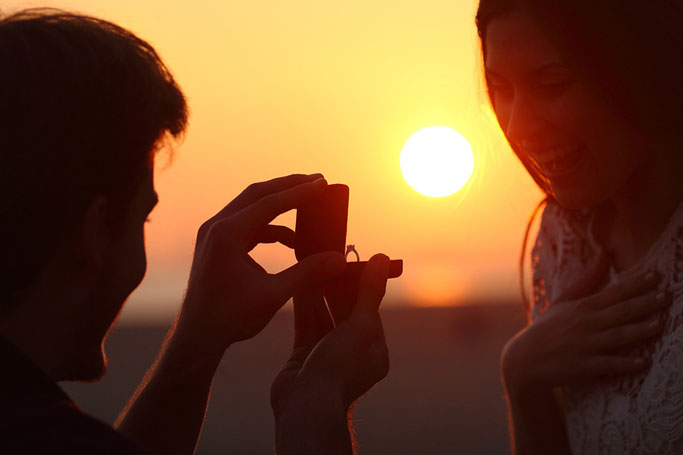Al Ain is known as the Garden City due to its parks with tree lined avenues, somewhat different to other cities in the UAE.
24 July 2013
| Last updated on 11 December 2017
Learn all about what makes this beautiful Emirate a great place to live as an expat.
Al Ain is also known as the Garden City due to its greenery and has many oases, parks and tree lined avenues and decorative roundabouts. Also categorized by resplendent, red-hued sand dunes and a magnificent expanse of towering mountains, Al Ain is the second largest city in the Emirate of Abu Dhabi and the fourth largest city in the United Arab Emirates.

It is located inland on the border with Oman, approximately 160 km east of the capital Abu Dhabi and about 120 km south of Dubai. The roads connecting Al Ain, Abu Dhabi and Dubai form a geographic triangle in the center of the country. Al Ain has been continuously inhabited for more than four thousand years and is considered central to the cultural heritage of the country.
Al Ain has a more traditional Arabic atmosphere, affording a more authentic UAE experience. Al Ain is the birthplace of Sheikh Zayed bin Sultan Al Nahyan, the first president of the United Arab Emirates, and it has the country's highest number of Emirati nationals, but the majority of its residents are expatriates particularly from the Indian sub-continent, there are fewer expatriates from other countries than in the larger centers of Abu Dhabi and Dubai.
Al Ain is developing as a tourist destination. The dry desert air makes it a welcome retreat from the coastal humidity of the larger cities. Many Emirati nationals in Abu Dhabi have holiday houses in the city making it a popular weekend destination for families from the capital city. The area's numerous underground water springs explain its attractiveness for settlement. Traces remain of its traditional past, including camel racing and camel breeding.
Although the development of the present city is relatively recent, archeological exploration has uncovered evidence of human communities here, which date back to 3,000 BC. UAE’s history shines through among these ruins, revealing age-old settlements that once thrived in the area. The many forts, some still in ruins and others well-restored, are part of a series of archaeological sites visitors can tour
Weather in Al Ain
Things to See & Do
Al Ain National Museum
This museum in the heart of Al Ain has an extensive archaeological and ethnographical collection, including some spectacular second millennium gold pendants and an important coin collection. Reconstructions of a majilis (traditional reception area) and traditional life in general are also very interesting.

The museum houses a reconstruction of the Grand Hili tomb with its rock engravings, and houses artifacts from an Iron Age village discovered in Al Hili, items from ancient burial sites near Jebel Hafeet and other items unearthed in Qattara. The museum recreates the way people of the region lived before the founding of the UAE.
Al Ain Palace Museum (also known as the Qasr Al Ain Museum)
Built in 1910, is near the commercial area on the road to Sinaiyya. Originally the ancestral home of the ruling family, the rooms of this beautifully restored fort takes the visitor back to an era shaped by nature, where good relationships with the local tribes was everything. Sheikh Zayed resided here as the very able Ruler’s Representative for the area before his accession as Ruler of Abu Dhabi in 1966. The palace was turned into a museum in 1998 and now holds a large collection of material concerning the ruling family.
Al Ain University Natural History Museum
For those interested in the UAE’s flora and fauna, this museum is a small but informative centre run by the university. It includes a herbarium and collections of various species of animals and birds. A collection of rocks, minerals and fossils is also on display
Hili Archaeological Park – is the largest Bronze Age complex in the UAE, dating from the 3rd millennium BC, is a landscaped garden designed to highlight the archaeological remains and make them accessible to the public. Other remains, including settlements, tombs and an Iron Age falaj (an underground system of water channels), and are largely located in a protected area outside the park.
Jebel Hafeet - a 1340-metre-high mountain, is itself a fascinating landmark of Al Ain. This limestone monolith rises 1350 feet, providing spectacular views across the border between the UAE and Oman. A modern three-lane highway lit by yellow halogen streetlamps snakes up the mountain to the royal palace and picnic areas at the top. There are also hot spring spa pools at the base, and the entire mountain is honeycombed with passageways accessible to any seasoned pot-holer. Read more>>

Al Ain Oasis - in the city centre, the biggest of several oasises in region, the oasis is made up of thousands of date palms. The oasis is located between the main souq area downtown and Al Ain street. Narrow roads run through the oasis, so you can drive through it, or you can walk. Walking in the oasis is especially nice when the sun is not directly overhead, as the palm trees offer cooling shade (other oases are dotted around the area — all cool retreats in the middle of the summer heat)
Camel Souk is open every day. Hundreds of camels are brought together to buy and sell. Dress conservatively.
Shopping seems to be a national pastime in UAE, whether it’s at modern malls or old-style souks. Malls include: Al Ain Mall, Al-Jimi Mall, Bawadi Mall and Al Foah Mall
Al Ain has its own international airport, but the vast majority of flights arrive at Dubai or Abu Dhabi.
There is also a large zoo and safari park in Al Ain that is quite popular with visiting tourists.






























































.png?itok=o7XUYJI4)
















































































